by Brian Shilhavy
Editor, Health Impact News
The United States has been the world’s most dominant economic nation since World War 2, and the primary way they have maintained their empire has been by controlling the world’s oil and energy.
But the world is quickly changing as more and more people wake up to the fact that the Ukraine war has been a proxy war between the U.S. and Russia, and that the goal of the U.S. has been to cut off Europe, which does not produce near enough oil to meet the needs of its population, from the cheap energy they were importing from Russia.
The blowing up of the Nord Stream pipeline was part of that strategy, to force Europe to start buying more of their energy from the U.S. instead of Russia.
But the rest of the world is striking back now, and quickly abandoning the U.S. dollar as the world’s reserve currency, which has been called the “petrol dollar,” being the currency that the world has used to trade oil.
In order to convince the American public to support the endless wars the U.S. has engaged in since the end of WW II, which have primarily been wars to control the world’s oil, they have had to engage in decades of propaganda spreading lies and myths to justify their military actions.
So let’s dispel some of these myths regarding energy and oil, including the myth that petroleum is a “fossil fuel” and not “renewable.”
Myth #1: The U.S. is Switching to “Green” Energy to Reduce Carbon Emissions and Our Dependency on Oil

With legislation being passed at both the State and Federal levels to force Americans to consume less energy produced by “fossil fuels” and start using more “alternative energy” sources, such as electrical vehicles in place of gas-powered vehicles, it must be true that the U.S. is transitioning away from oil, correct?
Based on the evidence, this is not only false, but the opposite is true.
Within the past few weeks, the Biden Administration approved ConocoPhillips’ $7 billion oil and gas drilling Willow project in Alaska’s National Petroleum Reserve (source), and they also allowed 73.3 million acres of the Gulf of Mexico to be leased for oil drilling by 32 oil companies (source).
Even California Governor Newsom, who publicly opposes “Big Oil” and spends much of his time allegedly fighting back against the oil companies, removed a ban on fracking in California during COVID lock downs, and approved dozens of fracking permits to oil companies in California.
Gavin Newsom Hands Out Fracking Permits to Connected Driller
On June 1, in the midst of the turmoil created by the coronavirus pandemic and the death of George Floyd in Minneapolis, California Gov. Gavin Newsom’s administration quietly issued 12 fracking permits to Aera Energy, a joint venture owned by ExxonMobil and Shell.
The fracking permits are the latest example of California’s oil industry benefiting from regulatory or deregulatory action during the COVID-19 pandemic and came just months after the Newsom administration said it supported taking actions to “manage the decline of oil production and consumption in the state.” Aera, which also received 24 permits from the California Geologic Energy Management Division (CalGEM) on April 3 during the early days of COVID-19, has well-connected lobbyists in its corner who work for the firm Axiom Advisors.
One of them, Jason Kinney, headed up Newsom’s 2018 transition team and formerly served as a senior advisor to Newsom while he was lieutenant governor. He is also a senior advisor to California’s Senate Democrats. The other, Kevin Schmidt, previously served as policy director for Newsom when the latter was lieutenant governor. Aera paid Axiom $110,000 for its lobbying work in 2019 and, so far in 2020, has paid $30,000, lobbying reports reveal. (Full article.)
Myth #2: The U.S. Produces Enough Oil for Its Population, but Lacks Refineries to Refine it Because No Permits Have Been Issued Since 1977 to Build a New Refinery
This myth has been told so many times over the past few years, I actually thought it was true until I did some checking to verify it.
The Institute for Energy Research is an example of this kind of propaganda:
Chevron CEO Mike Wirth does not expect another oil refinery to be built in the United States ever again, due to federal government policies. The last significant refinery built in the United States was in 1976.
Over the last two years, due to reduced demand from the pandemic and President Biden’s stated policy to reduce the demand for petroleum products, U.S. refineries have been shut down or repurposed to become biofuel refineries.
In a business where investments have a payout period of a decade or more, it is unlikely for investment to be spent on policies where the demand is to be reduced. (Source.)
But at the U.S. Energy Information Administration website, they have a page titled When was the last refinery built in the United States?
On that page, they list 16 new refineries that have been built since 1977, including 2 in 2021. (See chart above.)
And earlier this month (April, 2023), ExxonMobile announced that they were expanding their oil refinery in Beaumont, Texas, in order to pump 250K more barrels per day.
Beaumont, Texas, refinery gets $2 billion expansion pumping 250K more barrels per day
Near the Gulf Coast just east of Texas’ oil-rich Permian Basin, nearly 2,000 ExxonMobil contractors are making sure the company’s latest project – which includes 26 miles of piping, 35 miles of electrical wiring and 875 tons of steel – is pumping oil at full capacity.
After launching America’s largest oil refinery expansion in over a decade, ExxonMobil’s senior vice president of global operations detailed how the company’s Beaumont complex is not only fueling U.S. energy supply but also the economy.
“When you put it all together and you look at this particular location, what I love about it, it allows us to buy what I consider to be very much needed, affordable energy, and in a very reliable supply to fuel the economy that we have here in Texas, the U.S. and, I say, across the globe,” Janet Matsushita told Fox News Digital.
After beginning construction in 2019, the Beaumont refinery startup broke ground just over one month ago and added 250,000 barrels per day to its oil output, increasing its total processing capacity to more than 630,000 barrels daily. To put things into perspective, this equates to a sizable 4 million gallons per day, providing enough fuel to power 61,000 long-haul trucks in a single day.
The project’s reported hefty $2 billion price tag was no match for Exxon, who completed the expansion on time and on budget.
“It is actually the equivalent of building a brand-new refinery. It is a big expansion, it is not a minor expansion,” she said contently. (Full article.)
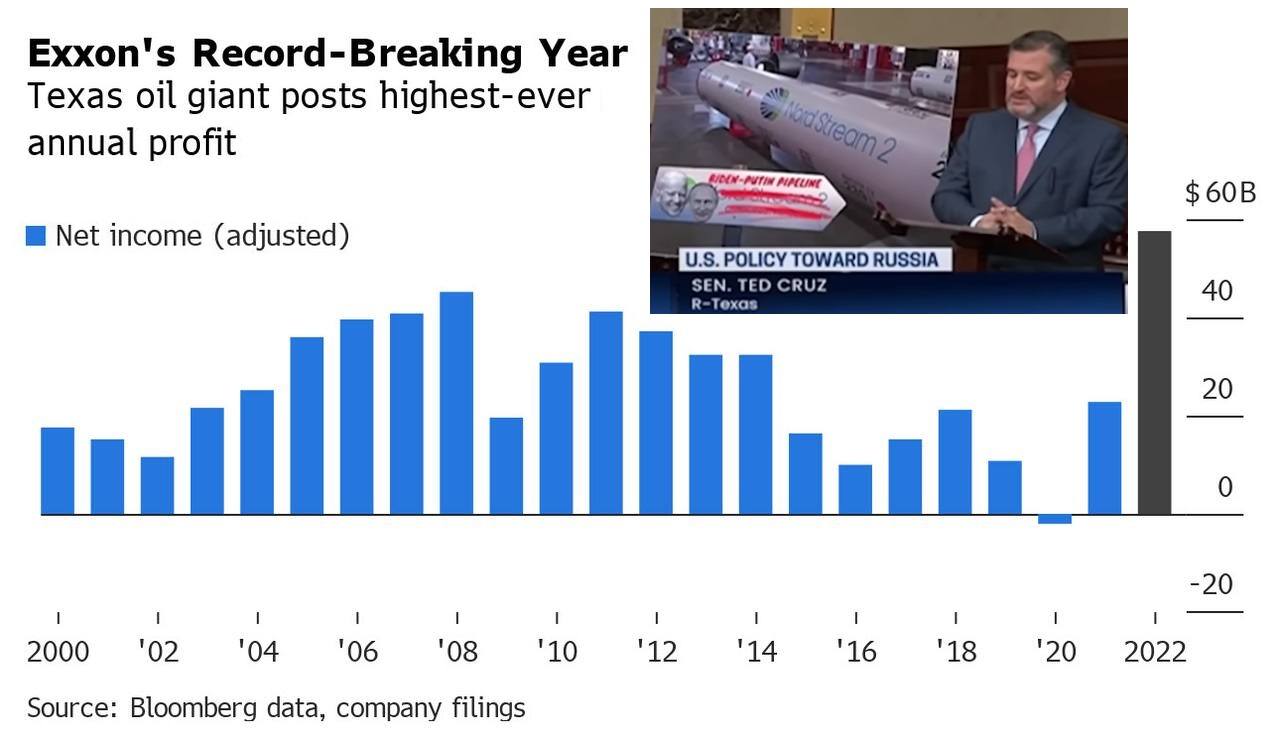
Yes, it is not surprising that the “hefty $2 billion price tag was no match for Exxon, who completed the expansion on time and on budget“, given that they had their most profitable year on record in 2022 and had plenty of money to spend!
To believe what the U.S. Government and their puppet corporate media is saying about the U.S. transitioning away from its dependence on “fossil fuels” is to completely ignore the actual facts that prove it is just the opposite.
Myth #3: Petroleum is a Fossil Fuel with Limited Supplies and is Not Renewable
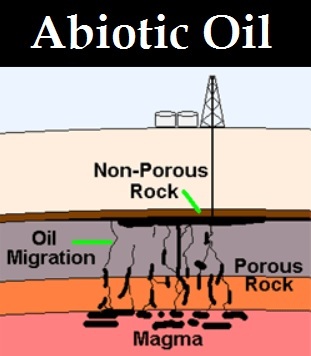
This is the biggest myth of all, the myth that oil comes from decaying fossils of animals and plant life formed over billions of years.
This is the myth that allows the oil barons to control the world, by simply reducing output and controlling prices to create “energy shortages,” when in fact many scientists believe that petroleum is the second most plentiful liquid on the planet, second only to water.
The alternative “abiotic” view is that oil is continually being produced by the earth.
This information is hard to find in English, and much of the research on “abiotic oil” has been conducted by Russian scientists for many decades now.
Some of the world’s largest oil reserves are actually in Russia and Ukraine, and there are reports now that American oil companies are getting ready to start drilling for oil in Ukraine, similar to what they did in Iraq after the war.
Breaking News: U.S. oil and gas companies are secretly meeting with Ukrainian energy officials to take over land and start drilling on Ukrainian land.
Exxon, Halliburton, and Chevron are actively ready to deploy in this region. Meanwhile, we’re learning more about Russia and China’s massive Arctic trade expansion, which includes a considerable increase in natural gas and oil exports along with significant military protection through the northern Arctic passage. (Source.)
There are a couple of videos I was able to find that give a short summary of “abiotic oil.” One of the main videos that is circulating in the Alternative Media video channels is a presentation given by someone who claims to be a geologist. It is a sloppy presentation, but the copy I found did list the sources, so I will include it here.
Sources:
- ABIOTIC OIL AND THE EUGENE ISLAND CONTROVERSY – http://www.energyglobalnews.com/abiotic-oil-and-the-eugene-island-controversy/
- Abiogenic Methane and the Origin of Petroleum – https://journals.sagepub.com/doi/10.1177/014459878200100202
- The Deep Hot Biosphere: The Myth Of Fossil Fuels – https://www.amazon.com/Deep-Hot-Biosphere-Fossil-Fuels/dp/0387952535/
- Hydrocarbons in the deep Earth? – https://phys.org/news/2009-07-hydrocarbons-deep-earth.html
- The lower pT limit of deep hydrocarbon synthesis by CaCO3 aqueous reduction – https://www.nature.com/articles/s41598-017-06155-6
- Rewriting the textbook on fossil fuels: New technologies help unravel nature’s methane recipes – https://phys.org/news/2019-04-rewriting-textbook-fossil-fuels-technologies.html
The other video that is found frequently on the Alternative Media video channels is a video of a Colonel Fletcher Prouty, who allegedly:
…spent 9 of his 23 year military career in the Pentagon (1955-1964): 2 years with the Secretary of Defense, 2 years with the Joint Chiefs of Staff, and 5 years with Headquarters, U.S. Air Force. In 1955 he was appointed the first “Focal Point” officer between the CIA and the Air Force for Clandestine Operations per National Security Council Directive 5412. He was Briefing Officer for the Secretary of Defense (1960-1961), and for the Chairman of the Joint Chiefs of Staff. (Source.)
This is a short 8-minute video about the alleged politics behind how the term “fossil fuel” came to be used.
But the best work on this topic of “abiotic oil”, in my opinion, is from Dr. John Kenney, the founder and Chairman of JP Kenny Petroleum Ltd, and also a member of the Russian Academy of Sciences – Joint Institute of The Physics of the Earth.
He has probably researched this topic more than anyone else in the U.S., deriving his research from the Russian scientific literature.
Here is an interview he did with NPR (National Public Radio) back in 1994. He had just published a paper where he claimed to have created petroleum in a laboratory.
Finding his research took me quite a bit of time, as he seems to be shadow banned now on all the search engines.
I will close this article with his Introduction from his website. Please note that it appears his SSL certificate may be expired, and I had to click through a security warning to reach it, but it all seems to be still in tact.
Introduction
An introduction to the modern petroleum science, and to the Russian-Ukrainian theory of deep, abiotic petroleum origins.
J. F. Kenney
Russian Academy of Sciences – Joint Institute of The Physics of the Earth.
Gas Resources Corporation, 11811 North Freeway, Houston, TX 77060, U.S.A.
The following articles take up, from different perspectives, the modern Russian-Ukrainian theory of deep, abiotic petroleum origins. Because that subject is one of which most persons outside the former U.S.S.R. are not familiar, a short synopsis of it and of its provenance and history, are given now.
1. The essence of the modern Russian-Ukrainian theory of deep, abiotic petroleum origins.
The modern Russian-Ukrainian theory of deep, abiotic petroleum origins is an extensive body of scientific knowledge which covers the subjects of the chemical genesis of the hydrocarbon molecules which comprise natural petroleum, the physical processes which occasion their terrestrial concentration, the dynamical processes of the movement of that material into geological reservoirs of petroleum, and the location and economic production of petroleum.
The modern Russian-Ukrainian theory of deep, abiotic petroleum origins recognizes that petroleum is a primordial material of deep origin which has been erupted into the crust of the Earth. In short, and bluntly, petroleum is not a “fossil fuel” and has no intrinsic connection with dead dinosaurs (or any other biological detritus) “in the sediments” (or anywhere else).
The modern Russian-Ukrainian theory of petroleum is based upon rigorous scientific reasoning, consistent with the laws of physics and chemistry, as well as upon extensive geological observation, and rests squarely in the mainstream of modern physics and chemistry, from which it draws its provenance.
Much of the modern Russian theory of deep, abiotic petroleum genesis developed from the sciences of chemistry and thermodynamics, and accordingly the modern theory has steadfastly held as a central tenet that the generation of hydrocarbons must conform to the general laws of chemical thermodynamics, – as must likewise all matter.
In such respect, modern Russian-Ukrainian petroleum science contrasts strongly to what are too often passed off as “theories” in the field of geology in Britain and the U.S.A.
As will be shown explicitly in a following articles, petroleum has no intrinsic association with biological material. The only hydrocarbon molecules which are exceptions to this point are methane, the hydrocarbon alkane specie of lowest chemical potential of all hydrocarbons, and to a lesser extent, ethene, the alkene of the lowest chemical potential of its homologous molecular series.
Only methane is thermodynamically stable in the pressure and temperature regime of the near-surface crust of the Earth and accordingly can be generated there spontaneously, as is indeed observed for phenomena such as swamp gas or sewer gas.
However, methane is practically the sole hydrocarbon molecule possessing such thermodynamic characteristic in that thermodynamic regime; almost all other reduced hydrocarbon molecules excepting only the lightest ones, are high pressure polymorphs of the hydrogen-carbon system.
Spontaneous genesis of the heavier hydrocarbons which comprise natural petroleum occurs only in multi-kilobar regimes of high pressures, as is shown in a following article.
2. The historical beginnings of petroleum science, – with a touch of irony.
The history of petroleum science might be considered to have begun in the year 1757 when the great Russian scholar Mikhailo V. Lomonosov enunciated the hypothesis that oil might originate from biological detritus.
Applying the rudimentary powers of observation and the necessarily limited analytical skills available in his time, Lomonosov hypothesized that “… ‘rock oil’ [crude oil, or petroleum] originated as the minute bodies of dead marine and other animals which were buried in the sediments and which, over the passage of a great duration of time under the influence of heat and pressure, transformed into ‘rock oil’.”
Such was the descriptive science practiced in the eighteenth century by Lomonosov and Linnaeus.
The scientists who first rejected Lomonsov’s hypothesis, at the beginning of the nineteenth century, were the famous German naturalist and geologist Alexander von Humboldt and the French chemist and thermodynamicist Louis Joseph Gay-Lussac who together enunciated the proposition that oil is a primordial material erupted from great depth, and is unconnected with any biological matter near the surface of the Earth.
Thus both ideas were delivered with powerful pedigrees: the wrong biological notion having been put forward by the greatest Russian scientist of his time; and the abiotic proposition approximately a half century later by, respectively, two of the greatest German and French scientists.
Historically, the first scientific repudiation Lomonosov’s hypothesis of a biological origin of petroleum came from chemists and thermodynamicists. With the nascent development of chemistry during the nineteenth century, and following particularly the enunciation of the second law of thermodynamics by Clausius in 1850, Lomonosov’s biological hypothesis came inevitably under attack.
The great French chemist Marcellin Berthelot particularly scorned the hypothesis of a biological origin for petroleum. Berthelot first carried out experiments involving, among others, a series of what are now referred to as Kolbe reactions and demonstrated the generation of petroleum by dissolving steel in strong acid.
He produced the suite of n-alkanes and made it plain that such were generated in total absence of any “biological” molecule or process. Berthelot’s investigations were later extended and refined by other scientists, including Biasson and Sokolov, all of whom observed similar phenomena and likewise concluded that petroleum was unconnected to biological matter.
During the last quarter of the nineteenth century, the great Russian chemist Dmitri Mendeleev also examined and rejected Lomonosov’s hypothesis of a biological origin for petroleum.
In contrast to Berthelot who had made no suggestion as to where or how petroleum might have come, Mendeleev stated clearly that petroleum is a primordial material which has erupted from great depth.
With extraordinary perception, Mendeleev hypothesized the existence of geological structures which he called “deep faults,” and correctly identified such as the locus of weakness in the crust of the Earth via which petroleum would travel from the depths.
After he made that hypothesis, Mendeleev was abusively criticized by the geologists of his time, for the notion of deep faults was then unknown.
Today, of course, an understanding of plate tectonics would be unimaginable without recognition of deep faults.
3. The enunciation and development of modern petroleum science.
The impetus for development of modern petroleum science came shortly after the end of World War II, and was impelled by recognition by the government of the (then) U.S.S.R. of the crucial necessity of petroleum in modern warfare.
In 1947, the U.S.S.R. had (as its petroleum “experts” then estimated) very limited petroleum reserves, of which the largest were the oil fields in the region of the Abseron peninsula, near the Caspian city Baku in the present country of Azerbaijan.
At that time, the oil fields near Baku were considered to be “depleting” and “nearing exhaustion.”
During World War II, the Soviets had occupied the two northern provinces of Iran; in 1946, the British government had forced them out.
By 1947, the Soviets realized that the American, British, and French were not going to allow them to operate in the middle east, nor in the petroleum producing areas of Africa, nor Indonesia, nor Burma, nor Malaysia, nor anywhere in the far east, nor in Latin America.
The government of the Soviet Union recognized then that new petroleum reserves would have to be discovered and developed within the U.S.S.R.
The government of the Soviet Union initiated a “Manhattan Project” type program, which was given the highest priority to study every aspect of petroleum, to determine its origins and how petroleum reserves are generated, and to ascertain what might be the most effective strategies for petroleum exploration.
At that time, Russia benefited from the excellent educational system which had been introduced after the 1917 revolution. The Russian petroleum community had then almost two generations of highly educated, scientifically competent men and women, ready to take up the problem of petroleum origins.
Modern Russian petroleum science followed within five years.
In 1951, the modern Russian-Ukrainian theory of deep, abiotic petroleum origins was first enunciated by Nikolai A. Kudryavtsev at the All-Union petroleum geology congress.
Kudryavtsev analyzed the hypothesis of a biological origin of petroleum, and pointed out the failures of the claims then commonly put forth to support that hypothesis.
Kudryavtsev was soon joined by numerous other Russian and Ukrainian geologists, among the first of whom were P. N. Kropotkin, K. A. Shakhvarstova, G. N. Dolenko, V. F. Linetskii, V. B. Porfir’yev, and K. A. Anikiev.
During the first decade of its existence, the modern theory of petroleum origins was the subject of great contention and controversy. Between the years 1951 and 1965, with the leadership of Kudryavtsev and Porfir’yev, increasing numbers of geologists published articles demonstrating the failures and inconsistencies inherent in the old “biogenic origin” hypothesis.
With the passing of the first decade of the modern theory, the failure of the previous, eighteenth century hypothesis of an origin of petroleum from biological detritus in the near-surface sediments had been thoroughly demonstrated, the hypothesis of Lomonosov discredited, and the modern theory firmly established.
An important point to be recognized is that the modern Russian-Ukrainian theory of abiotic petroleum origins was, initially, a geologists’ theory.
Kudryavtsev, Kropotkin, Dolenko, Porfir’yev and the developers of the modern theory of petroleum were all geologists. Their arguments were necessarily those of geologists, developed from many observations, and much data, organized into a pattern, and argued by persuasion.
By contrast, the practice of mainstream, predictive modern science, particularly physics and chemistry, involves a minimum of observation or data, and applies only a minimum of physical law, inevitably expressed with formal mathematics, and argues by compulsion.
Such predictive proof of the geologists assertions for the modern Russian-Ukrainian theory of deep, abiotic petroleum origins had to wait almost a half century, for such required the development not only of modern quantum statistical mechanics but also that of the techniques of many-body theory and the application of statistical geometry to the analysis of dense fluids, designated scaled particle theory.
Read the full Introduction and other articles at Gasresources.net.
Conclusion: The Control of Oil Still Controls the World
It is time to acknowledge that much of what we think we know about petroleum in Western Culture is propaganda. I suspect that some in Europe are starting to realize this, as we can see with French President Emmanuel Macron’s recent trip to China, as they forged a new agreement to participate in developing nuclear energy, since both Europe and China must import oil and cannot produce enough for their populations. See:
Rothschilds Send French President Macron to China in Attempt to Save Europe as U.S. Rockefeller Empire Panics
The U.S. Government subsidies that are propping up the Climate Agenda are in fact the investments into “energy” that are NOT sustainable, as there is ample supply of petroleum to meet all of America’s needs, and the technology should be focusing instead on how to burn it cleaner.
If the oil barons in the U.S. under the Rockefeller influence know the truth about abiotic oil, then why are they supporting this climate agenda??
Well, I think we have evidence that while they claim to support it, in fact they are now scrambling to produce more oil since the Middle East is uniting together to break their decades long slavery to the U.S.
Also, they seem to have cleverly fooled the Europeans into abandoning petroleum, and especially with Germany, even abandoning nuclear energy, all in the name of Climate Change.
And it worked, at least for 2022, because America’s oil industry saw record profits even as the economy tanked.
But the rest of the world is catching on now, and Americans better start waking up and catching on also, if this nation has any chance of escaping the Globalists’ desire to continue to enslave humanity.
This article was written by Human Superior Intelligence (HSI)
See Also:
Understand the Times We are Currently Living Through
The True Gospel of Jesus Christ Threatens the Business of the Freemasons and Technocrats
Who are God’s “Chosen People”?
KABBALAH: The Anti-Christ Religion of Satan that Controls the World Today
Christian Teaching on Sex and Marriage vs. The Actual Biblical Teaching
Exposing the Christian Zionism Cult
The Bewitching of America with the Evil Eye and the Mark of the Beast
Jesus Christ’s Opposition to the Jewish State: Lessons for Today
Identifying the Luciferian Globalists Implementing the New World Order – Who are the “Jews”?
The Brain Myth: Your Intellect and Thoughts Originate in Your Heart, Not Your Brain
The Seal and Mark of God is Far More Important than the “Mark of the Beast” – Are You Prepared for What’s Coming?
The Satanic Roots to Modern Medicine – The Image of the Beast?
Medicine: Idolatry in the Twenty First Century – 10-Year-Old Article More Relevant Today than the Day it was Written
Having problems receiving our emails? See:
How to Beat Internet Censorship and Create Your Own Newsfeed
We Are Now on Telegram. Video channels at Bitchute, and Odysee.
If our website is seized and shut down, find us on Telegram, as well as Bitchute and Odysee for further instructions about where to find us.
If you use the TOR Onion browser, here are the links and corresponding URLs to use in the TOR browser to find us on the Dark Web: Health Impact News, Vaccine Impact, Medical Kidnap, Created4Health, CoconutOil.com.





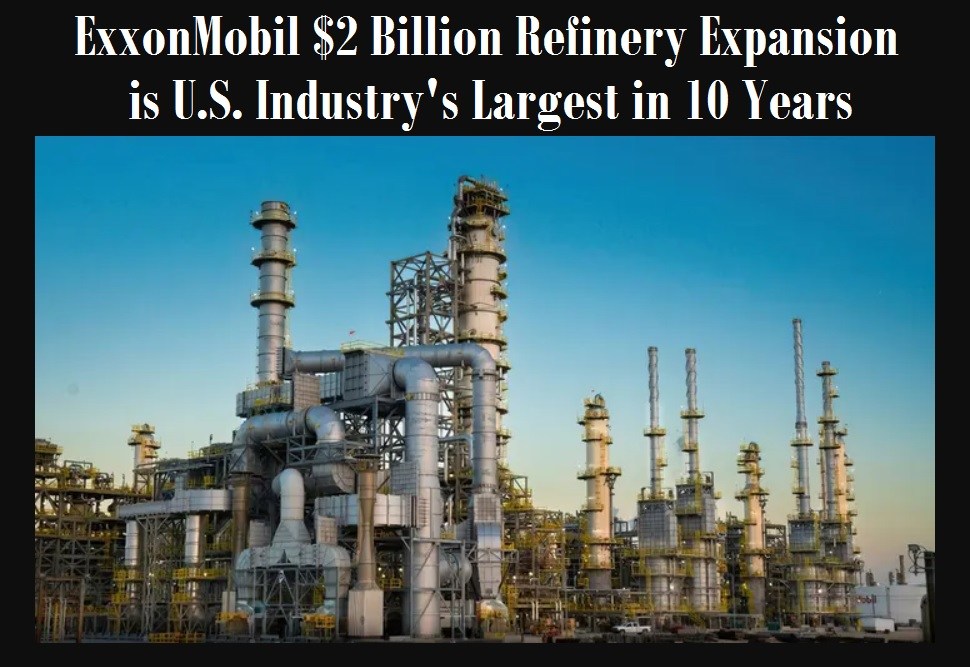
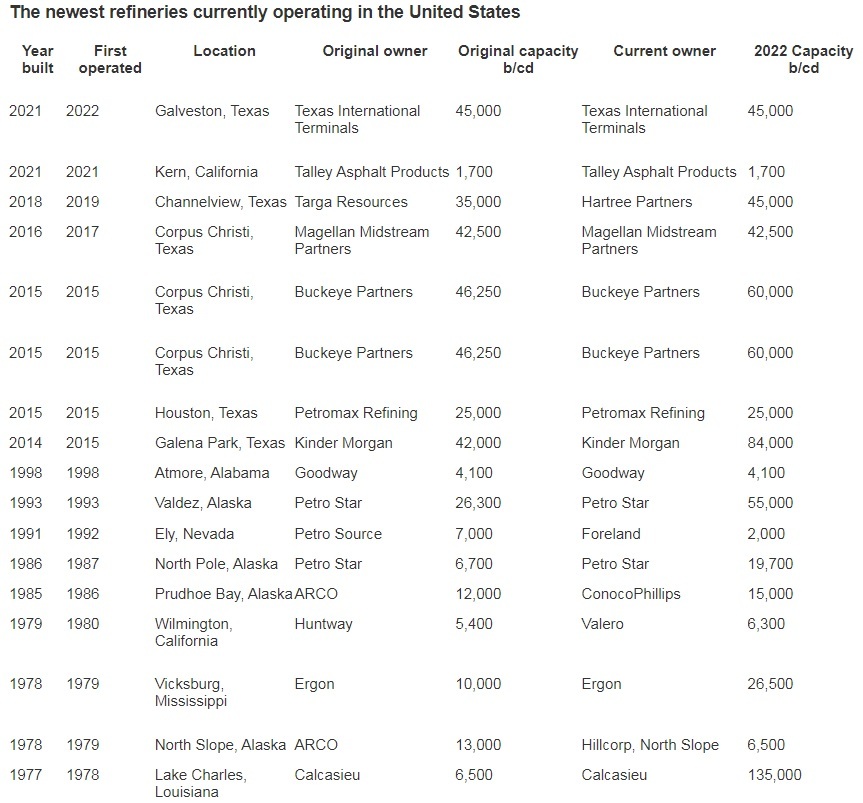











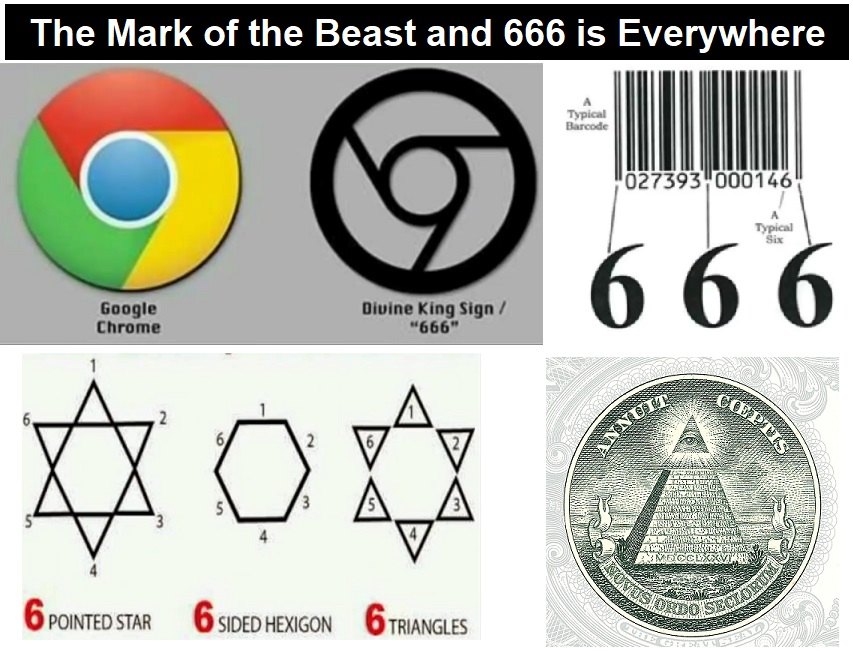




3 Comments